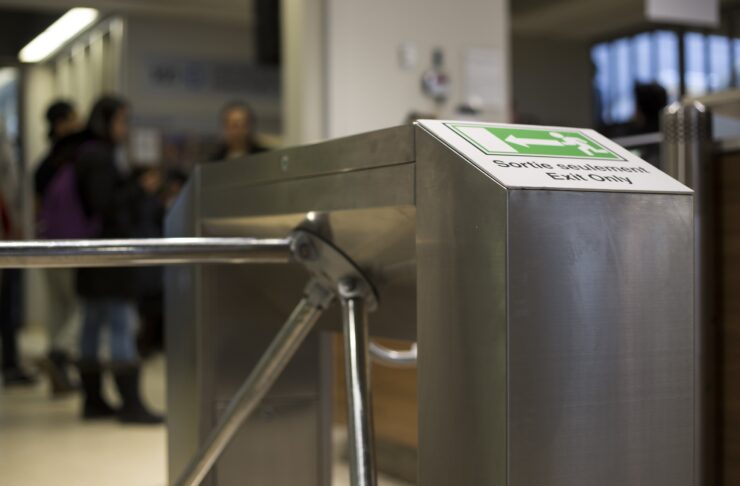Board of Directors approves three per cent average tuition hike
The University of Ottawa’s Board of Governors adopted the 2015-16 budget which included a three per cent average tuition hike for undergraduate and graduate students for the tenth consecutive year, at a meeting in May.
“Students that started their bachelor four years ago have seen nothing but tuition increases, and that’s a problem,” said Romeo Ahimakin, interim president of the Student Federation of the University of Ottawa (SFUO).
“We hoped it would be different this year,” he said. “Obviously, we’re disappointed.”
As the board meeting took place, executives of the SFUO held a barbeque hoping to educate U of O students about the tuition increase.
According to Ahimakin, the only people to vote against the motion to raise tuition rates were the two undergraduate student representatives, Vincent Mousseau and Shahad Khalladi.
“It means a heavier financial burden on students,” said Ahimakin. “And that’s maybe something that the board doesn’t fully consider, but for students it will become a reality next year.”
Ahimakin said he believes further hikes are a distinct possibility. “It will continue if we don’t take a stronger stance against what’s happening,” he said.
Three per cent is the average increase to be applied this fall , but different groups of students will experience different rates.
Undergraduate Canadian students, both returning and new, will see an increase of three per cent, with the exception of Law, Management, Medicine and Engineering, who will see an increase of four per cent for returning students and five per cent for new students.
Canadian graduate students will see an increase of three per cent for returning students, and five per cent for new students, with the exception of the Executive MBA program, where both new and returning students will see an increase of 12 per cent.
Overall, international students are bearing a large part of the burden.
International students will see a rise of 10 per cent for new students, with the exception of Computer Science and Common Law, who will see an increase of seven per cent. All returning international students will see an increase of six per cent.
International graduate students, new and returning, will see an increase of three per cent for Arts and Sciences programs. Those studying Mechanical Engineering, Education, Nursing, and Social Service will see an increase of 10 per cent for new students and six per cent for new students, those in other graduate programs, both new and returning, will see an increase of four per cent in tuition.
International Francophone students pay the same rates as Canadian students.
“It is disproportionate, and I would like to hear the justification for this decision,” said Kashif Masud, an international engineering student at the U of O. International students, Masud also notes, are already paying significantly more in tuition.
Tuition fees of Canadian students currently account for around 35 per cent of the university’s revenue. As the number of international students is rising, their tuition fees are becoming a larger part of university revenues, effectively doubling over the past 10 years.




